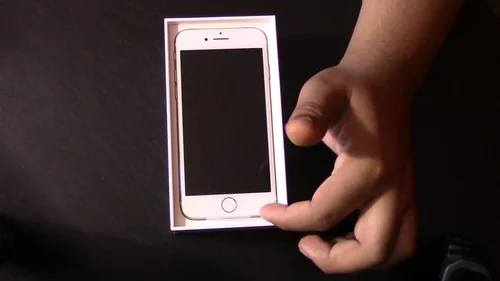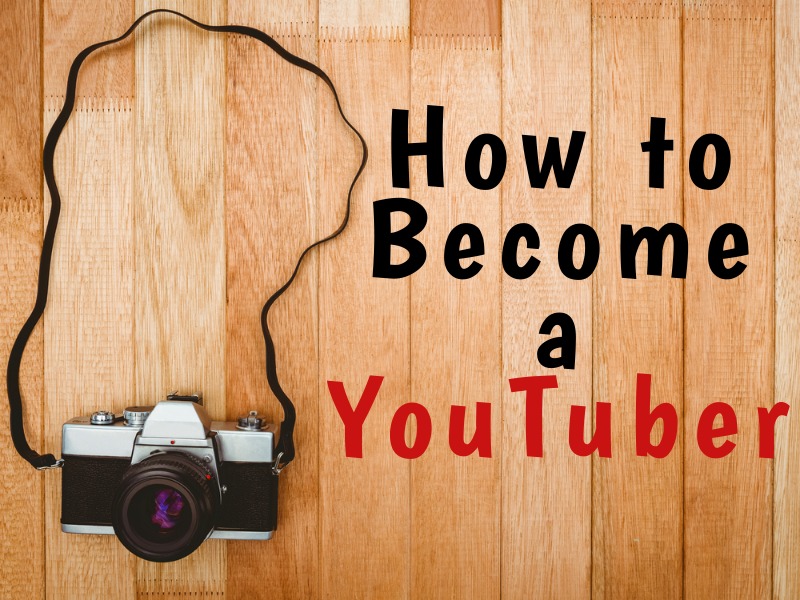Youtube is the world’s most popular video platform, and some content creators make millions a year. Whether your goal is to get your videos seen by more people or to use them as a lead generator for 1-on-1 coaching calls, the right strategy can help you reach your goals.
Becoming a successful YouTube content creator requires a wide range of skills. This article will help you start your journey by learning how to:
Identify Your Niche
Choosing a niche for your YouTube channel is crucial to ensuring the success of your content. A well-defined niche can help you build a recognizable brand, attract dedicated audiences and ultimately generate monetization revenue through YouTube ads. To identify your niche, start by identifying the subjects you’re passionate about and determine how you can add value to others. For example, if you’re passionate about archery, consider creating videos that teach people about bow sizes and arrow types, as well as provide tips for improving their archery skills.
Additionally, it’s important to conduct market research to see what topics are oversaturated and where there are gaps in the YouTube landscape. You can also use tools like Google Trends and YouTube’s search function to get a better sense of the current trends and audience interests in your potential niche.
When analyzing your competition, pay special attention to their content’s longevity. You don’t want to select a niche that’s likely to be a passing fad or lose popularity in the future. For example, if your niche is related to fidget spinners, you might be able to generate a lot of views and subscriber growth in the short term, but it’ll be challenging to keep that momentum going in the long run. Also, remember to stay current by creating videos that speak to the latest trends in your niche.
Create a Channel
With millions of channels already on YouTube, it can be challenging to stand out and gain a following. Identifying your niche helps you create videos that attract and convert your ideal audience. You’ll also want to have a good plan and the right equipment to create high-quality videos that make you look professional.
Once you have your channel set up, it’s time to start uploading videos. A consistent posting schedule is essential for increasing viewer engagement and building trust with your viewers. To get started, create a content calendar that includes your goals and how often you plan to upload video content.
When you’re ready to upload your first video, create a channel trailer that shares a preview of what people can expect when they subscribe to your channel. This will help viewers decide whether or not they’re interested in your content before they click “Subscribe.”
You can use tools like YouTube Creator Studio to optimize your videos for visibility and improve the quality of your footage. You should also moderate comments on your videos, as nasty or offensive comments can detract from the experience and drive away viewers. Moreover, you should regularly post videos on social media and your website to promote them. Encourage your newsletter subscribers and social media followers to subscribe to your YouTube channel, and ask them to share your videos with their networks.
Start Making Videos
Whether you’re an amateur or a seasoned professional, there are some basics that every content creator must have. First, you need to know your audience and the type of videos they like to watch. This will help you to choose a topic that is relevant to their interests and needs. Once you’ve done this, it’s time to start making your videos.
When creating a YouTube video, make sure to include relevant keywords in the title, description, and tags. This will help YouTube and Google find your video when people search for it. Also, create a schedule for uploading new videos and stick to it. This will help build viewership and loyalty for your channel.
Another way to increase engagement on your YouTube videos is to respond to comments and questions in a timely manner. This will show that you care about your viewers’ feedback and want to connect with them.
Lastly, don’t be afraid to try out different camera and editing equipment to see what works best for your videos. This can be expensive, but it is important to test and learn as you go.
Promote Your Videos
With millions of videos uploaded to YouTube every day, it’s important to promote your videos in order to get noticed. You can do this by using the site’s native analytics tool to understand how your videos perform and by promoting them on social media platforms where your audience is active.
Another way to promote your videos is by creating engaging content that’s relevant to your niche and by establishing yourself as an authoritative voice in your industry. This can be done by regularly replying to comments and by interacting with your audience on social media. Many YouTubers also encourage their audience to subscribe in order to stay up-to-date on new uploads and will even shout out new subscribers in their videos.
If you want to attract a larger audience, consider making short-form videos that are less than 10 minutes in length. This type of video format has become increasingly popular due to the success of TikTok and other similar apps.
You can also increase the chances of your videos being recommended by YouTube’s algorithm by including keywords in your titles, descriptions, and tags. This can be done by using a free tool such as Google Keyword Planner or by researching what keywords are most popular amongst your target audience. The more targeted your keywords are, the better chance of your videos reaching their intended audiences.










